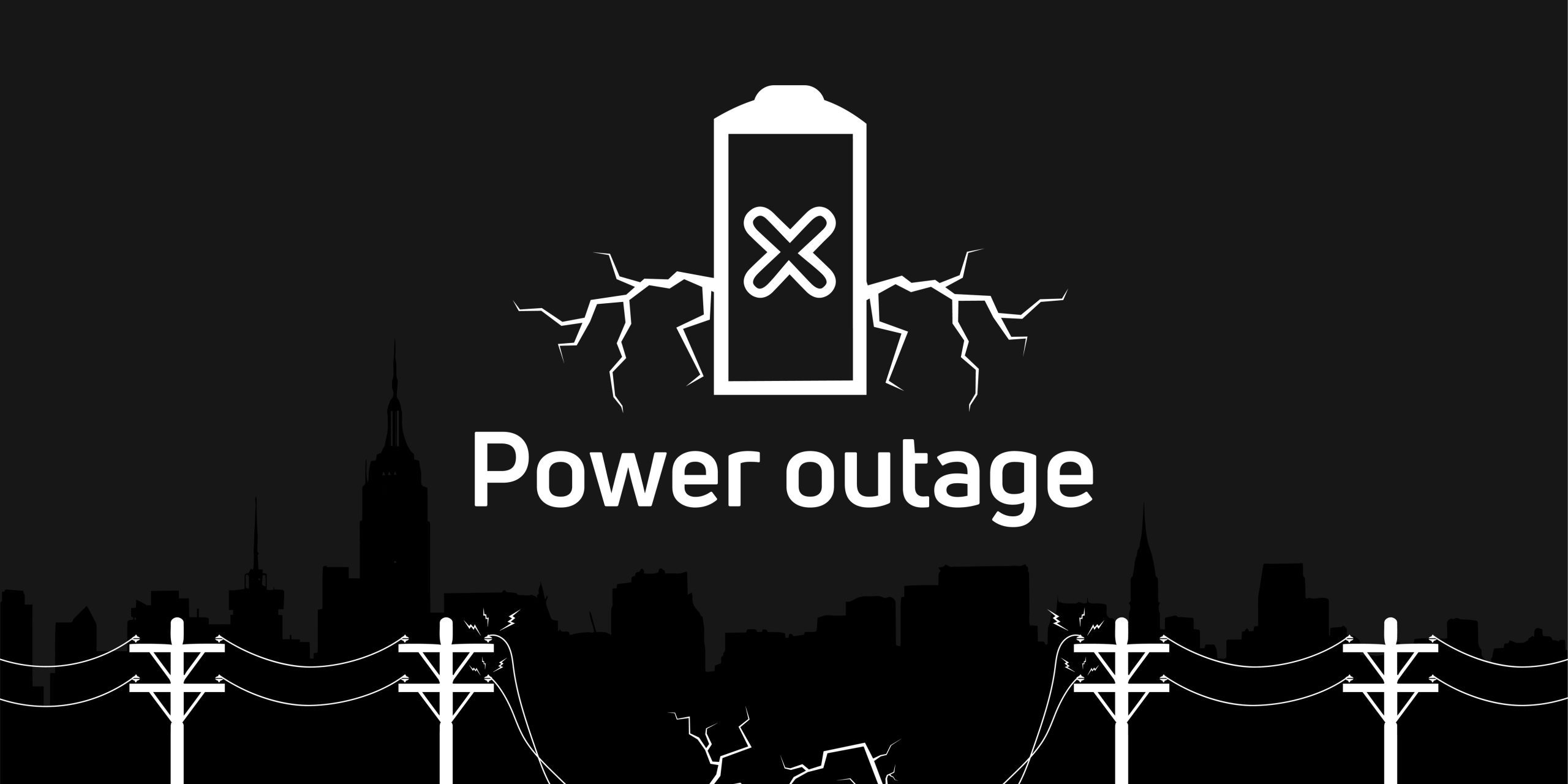Blackout. The word that rushes into everyone’s mind when they experience a power outage. A blackout refers to a complete or partial loss of electrical power in a specific area. This event can be a nuisance and can easily hinder the flow of societal activities and operations. Whether that be a family movie night or maintaining a business.
Now, what exactly does a blackout cause?
No lights for a little while, right?
Not quite.
A blackout is just one of the many power problems that can occur, all of which vary in annoyance and severity. Let’s dive into the five major power problems, and how they could mean more than you think.
1.) Blackouts
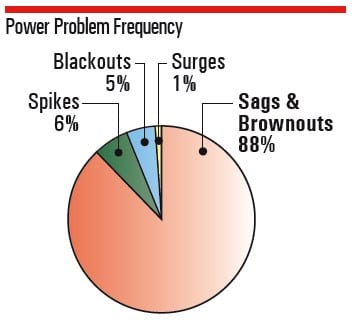
Standing as probably the most known, a blackout is a complete loss of power. It can be caused by downed power lines, open circuit breakers, power plant failures, weather, etc. Blackouts can result in complete data loss, equipment overheating, and even hardware damage. While this is one of the more severe types of problems, it’s certainly not the most common. Blackouts only account for about 5% of power problems.
2.) Sags/Surges
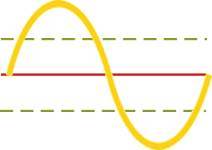
Sag/Surge Frequency
A sag or surge is simply a short-duration change in voltage levels. A sag is a dip below the nominal voltage, while a surge is an increase in voltage. This phenomenon can be caused by the start-up of electric motors, transformers, air conditioners, etc. Although sags and surges don’t last for very long, they can lead to data errors, equipment overheating, premature equipment failures, and seriously impact the daily functions of society.
3.) Brownouts
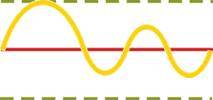
Brownout Frequency
Brownouts are the most common type of power problem accounting for about 88% of all power problems. Similar to a sag/surge, a brownout is an increase or decrease in voltage. However, this change in voltage is more significant (20% or more variation from normal voltage) and lasts much longer than a sag or surge. Like blackouts, brownouts can cause complete data loss, equipment overheating, hardware damage, and seriously impact daily societal function.
4.) Spikes/Transients
Although spikes and transients are similar, they differ in duration and magnitude. A spike is a short, intense burst of high voltage, while a transient, like a surge, is the term applied when an electrical appliance is
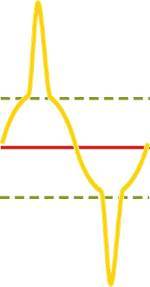
Spike/Transient Frequency
introduced to more voltage than it is designed to handle. The same, right? Well this is where they differ. If the event lasts for one-to-two nanoseconds this is considered a spike, and if the event lasts three or more nanoseconds this is considered a transient, or a surge. A nanosecond may not seem like a significant amount of time, but In the world of power, this time is extremely precious. Spikes and transients can be a cause of lightning, fluorescent lighting, air conditioners, elevators, etc., and can cause detrimental damage to equipment, erase data, destroy valuable information, and seriously disrupt the flow of society.
5.) Line Noise
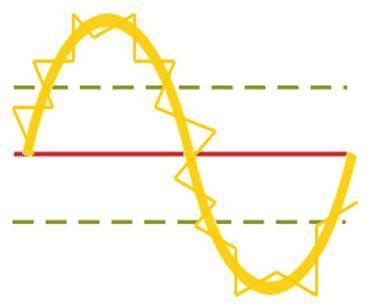
Line Noise Frequency
Last but not least, line noise. Line noise is high frequency interference appearing in the AC line (the typical source of electrical current). This can be caused by static transformers, faulty light fixtures, and other appliances. Line noise can corrupted data, cause peripheral lockups, cause semiconductor damage, and shorten equipment life span. To reiterate once again power problems like this one can lead to internet downtime, data loss, and equipment damage. None of which a company or professional can afford.
The Minuteman Promise
Where does Minuteman come in? Minuteman’s protective and reliable equipment can not only keep your data and hardware safe, but it can keep you up and running when problems arise.
Click here to see how Minuteman can help you: www.minutemanups.com


